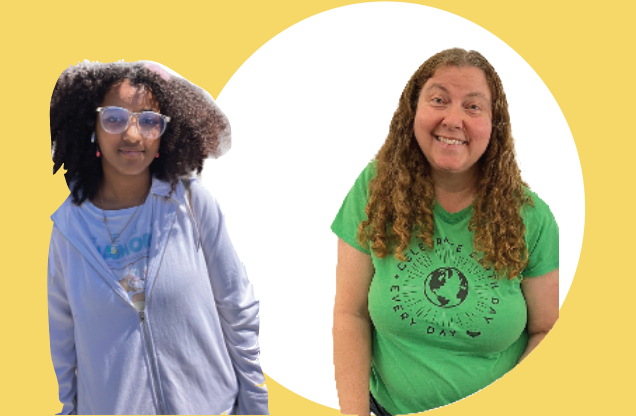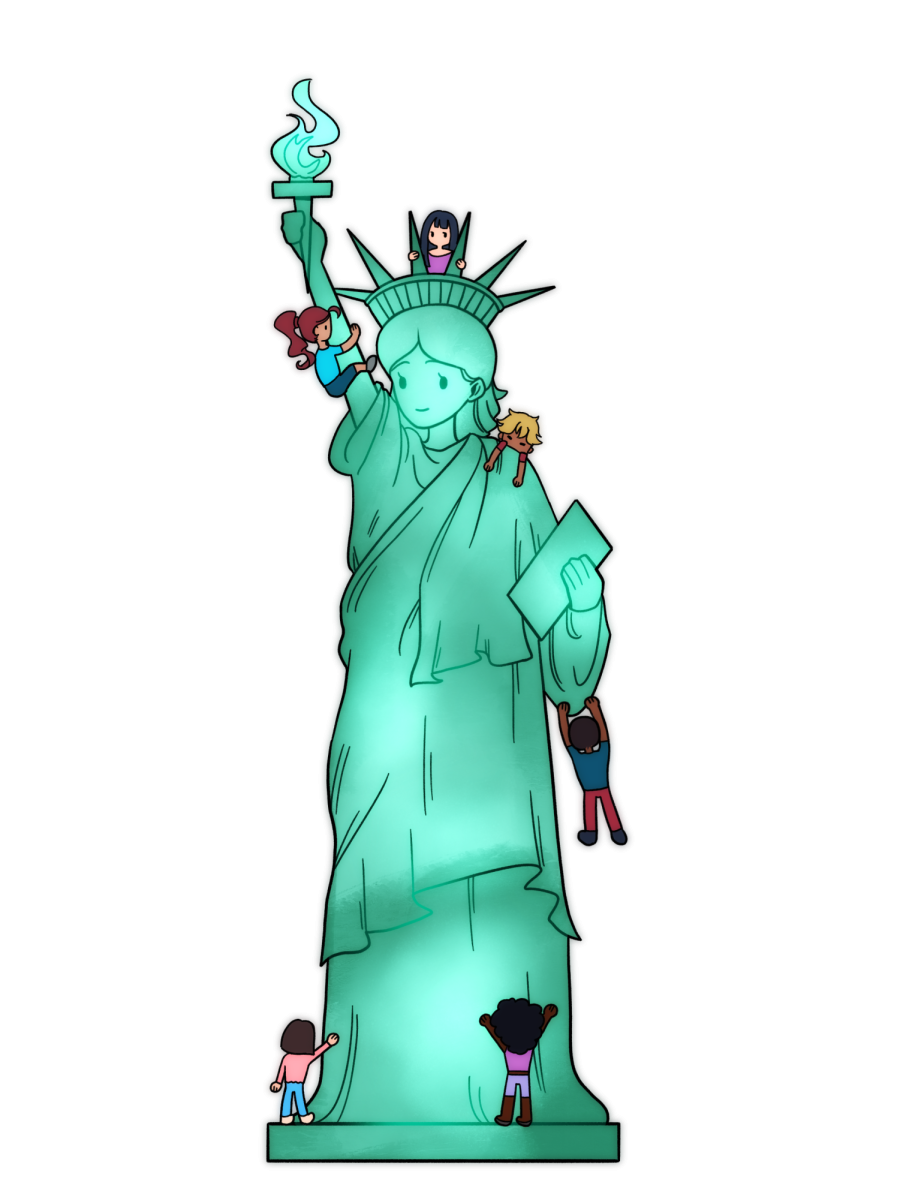Growing up, students have been reared under the influence of their parents, and many have adopted their opinions and world views. But as students make the transition to adulthood, they are confronted with the task of making their own decisions and determining what parts of their identity they want to keep or change.
Foothill College psychology professor Nick Tuttle said it can be difficult for children to discover their identity does not match with their parents’ world views.
Asian American and queer identifying senior Ash Mehta said their parents have had an influential role on their world view. As Mehta has gotten older they have expanded their identity. However, the root of their ideas are still based on their parents’ initial opinions.
“As I have gotten older, I’ve had a lot more opportunities to develop my own thoughts and opinions, but the basic framework I approach life with still comes from the way I was raised,” Mehta said.
Senior Noah Boyarsky said he has become more critical of his parents’ opinions and prefers to find his own information.
“My parents’ beliefs were my starting point,” Boyarsky said. “I’ve since done my own research to figure out how much of those beliefs I’m going to carry with me.”
Tuttle said parents can play an integral role in establishing a safe environment for their children that allows them the opportunity to explore their identity.
“It is like building a house. You have to build the foundation before you get to the roof: identity,” Tuttle said. “In their early years, children learn to build trust. If I ask for something, I’m going to get it. I’m going to be safe.”
Boyarsky said parents play an influential role in their children’s lives because they look up to them for support. As a result, it can be hard for children to voice new opinions that differ from their parents for fear that they won’t be accepted.
“Everyone wants their parents’ support and love,” Boyarsky said. “One easy way to get support from your parents is to be what they want, like agreeing with them.”
Non-binary identifying freshman An Nguyen said the desire to fit in can push people to change their own identity. However, they said that wanting to stand out can be just as strong of a motivator.
“You shouldn’t really need to change yourself for other people, but people still do because they want to be accepted,” Nguyen said. “I gaslit myself into thinking I was a different gender and sexuality because I wanted to be special.”
According to American psychologist Carl Rogers’ self-concept theory, there is a difference between one’s real and ideal self. The desire to be special or obtain a dream-self pushes people to change who they actually are.
However, Tuttle said there is only so much someone can change about their identity. He said social media platforms such as Instagram and Tik Tok can be harmful to youth as they can create unrealistic expectations.
“You have something that’s so susceptible to editing: (People) airbrush their abs, put a filter or only present themselves with full makeup,” Tuttle said. “The gap between your (real self) and what you see as ideal becomes (unattainable).”
But Mehta said finding an inspiring figure to look up to can help in shaping a positive identity goal.
“I had a couple of LGBTQ+ teachers at school that, at least from what I’ve seen, felt relatively safe to be out,” Mehta said. “That provides positive role models.”
Mehta also said it is important to find a supportive community where an individual can feel comfortable expressing their true self.
“I found a community of people who were all socially progressive with the attitude of not really caring about my sexuality,” Mehta said. “As a result, I don’t feel I need to fit in in terms of my sexual orientation.”
Senior Megha Madhabhushi said she reconnected with her roots when she finally found a group of friends she could relate to because of their shared life experiences.
“I realized that there was a sense of security, in that they went to JLS and we’re all Asian,” Madhabhushi said. “Surrounding myself with Asian girls (allowed me) to reconnect with my identity.
Mehta said regardless of who or what is influencing a person, identity consists of many layers, some of which are fixed at birth and others that can change over time.
“There are some parts of my identity that are constant and unchangeable, like being Indian American and being lesbian,” Mehta said. “And then there are smaller parts of your identity that can also be acquired, like being someone who likes being outdoors.”
Tuttle said that in order to find your identity you need to feel comfortable being open with yourself and exploring what your real identity is.
“You’ve got to be humble,” Tuttle said. “Realize that you don’t have the answers, but you’re here to figure these things out.









